Diep Son is the name of a village consisting of 8 islands in Van Phong Bay, Van Ninh District, Khanh Hoa Province, including 3 large islands: Hon O (Torch Island), Hon Qua (Middle Island) and Hon Bip, which are very close to each other. Local people used to walk from one island to another by sand roads, only exposed at low tide.
One day at the end of June, I had the opportunity to explore the islands in Van Phong Bay. As soon as I arrived at Hon O, in order to not waste time approaching other locations, I used a flycam to observe.
When reaching a height of more than 100 m, looking through the controller screen, the scenery of the vast sea and sky. The small boat going out to sea blends with the green forest covering the island, appearing stunningly beautiful. The highlight is the coral reefs under the bright sunlight.
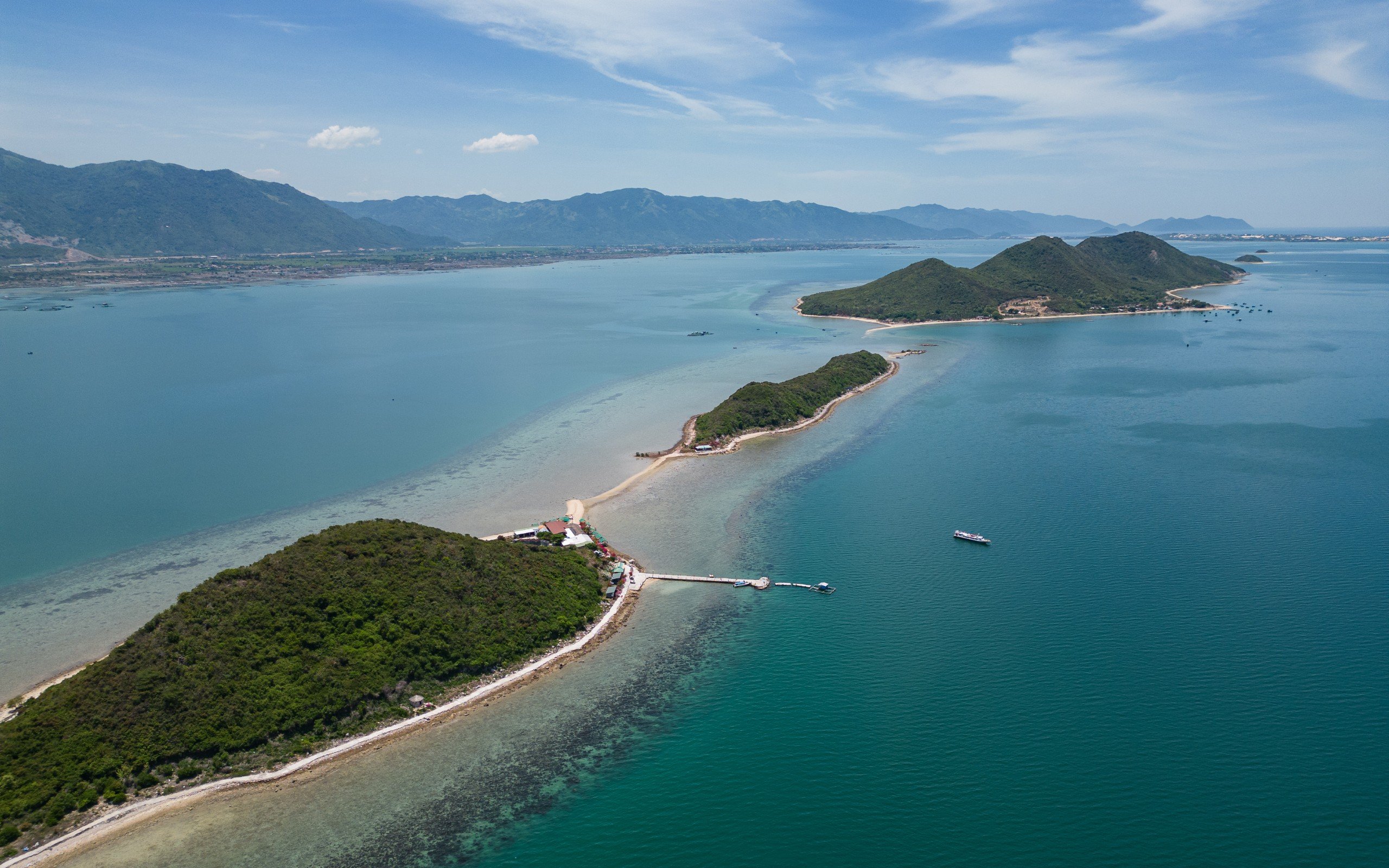
The three large islands in Diep Son village are named after birds: Hon O, Hon Qua, and Hon Bip.
According to Mr. Dai Anh, who is considered the "island lord" of Hon O, when the tide recedes, the sandbanks, coral reefs, and a 400-meter-long waterway on the sea connecting to Hon Qua gradually appear. At this time, standing from the pier looking towards the north of the island, you can see a sand-filled path gradually appearing under the clear water.
Although it was midday and the sun was hot and humid, when I heard Dai Anh tell me about another interesting sandy road on Tu Hai beach, I left behind the cool thatched-roof huts in the central area and followed the concrete road that was more than a kilometer long towards the end of the island.
Not long after, a beach appeared before my eyes, with a kilometer-long stretch of sand dividing the ocean in two, with gentle waves rolling from both sides. At this moment, being immersed in the cool water or walking in the middle of the ocean was an indescribable feeling…
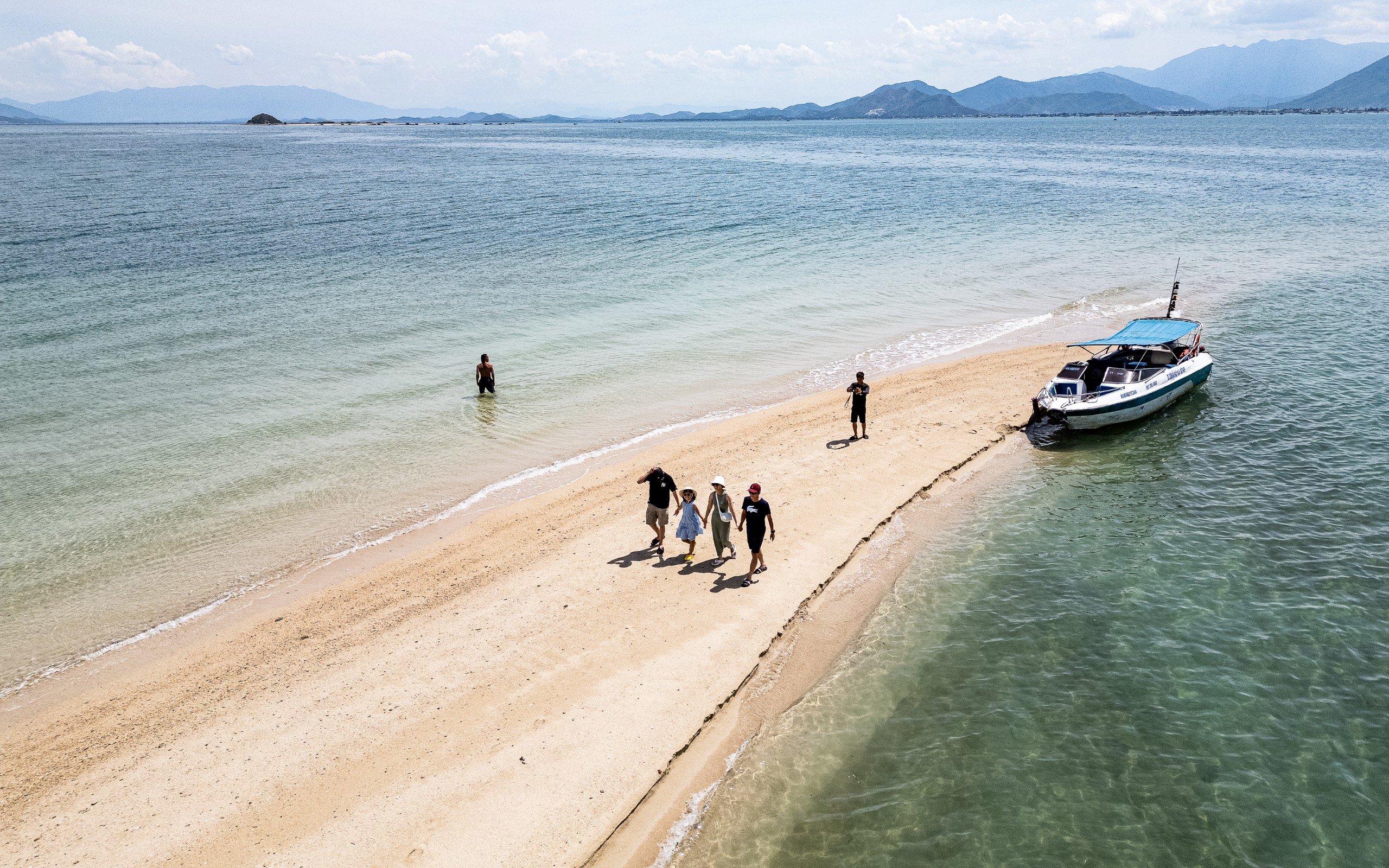
Visitors often pull their canoes onto the white sand road in the middle of the sea to cool off and take a walk.
Not far from Tu Hai beach, visitors will see a row of stilt houses located next to the beach, which is the space for people staying overnight on the island. It does not destroy the typical natural landscape of the island, but gives visitors a feeling of comfort when waking up to see the sun rising in front of the window and the sound of waves lapping around.
In the afternoon, after a good swim, visitors can take a walk around the island and watch the sunset behind the Truong Son mountain range. These are memorable experiences in life.
Departing from Hon O, the wooden boat at moderate speed took me to Dam Mon peninsula after more than 1 hour.
The peaceful fishing village of Dam Mon nestles under the shade of green coconut trees. On the beach, the sunlight is bright, the white sand dunes are shaped like arcs, the stone forest areas are like dots on the green primeval forest carpet, so beautiful it makes your heart ache...
Many tourist areas have sprung up, and boats waiting for visitors to travel to the islands are somewhat busier. Thanks to the calm, wind-free sea, islanders have joined together to raise lobsters on rafts at sea.
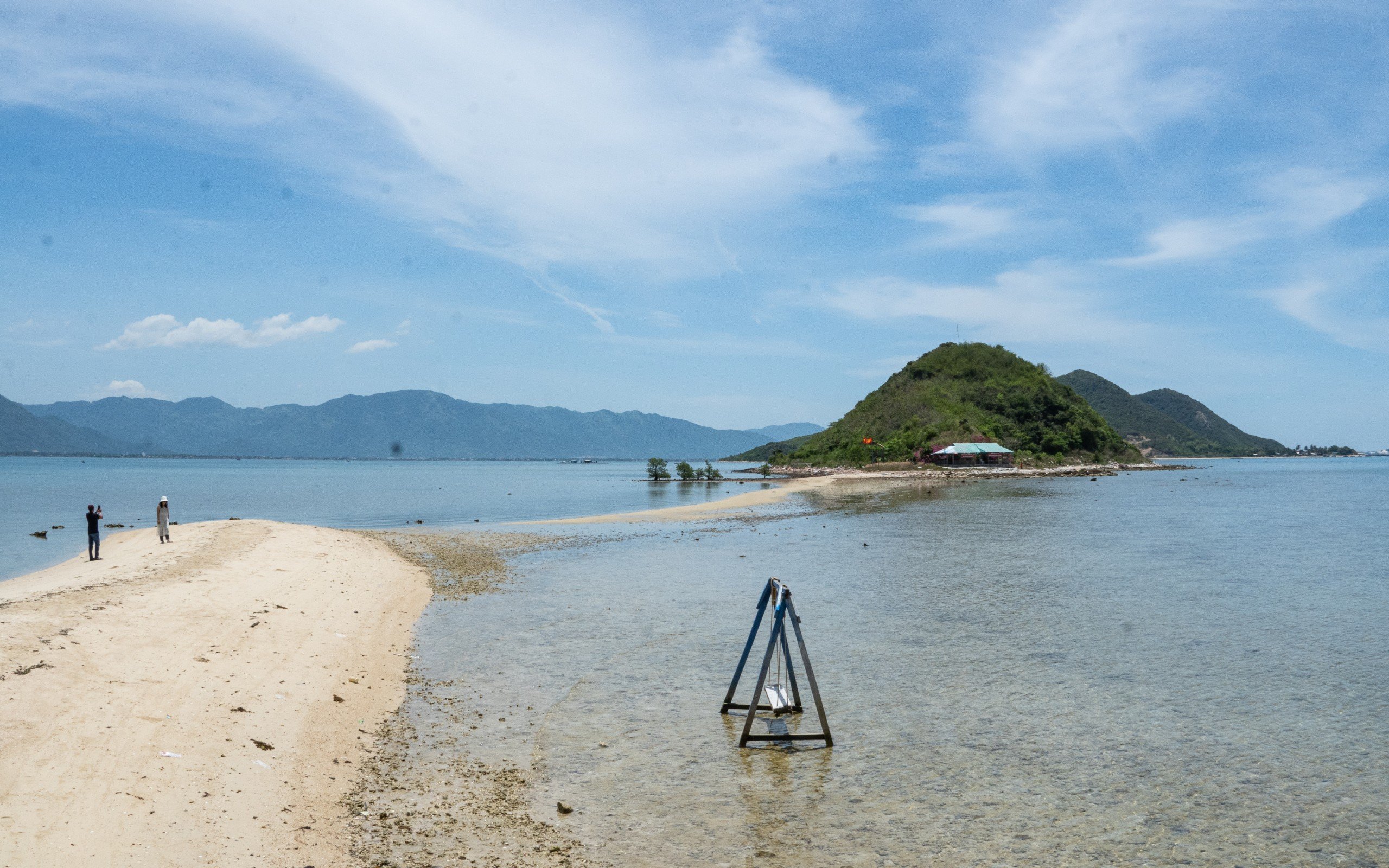
The 400m long waterway connecting Hon O and Hon Qua gradually appeared.
The boat turned into Hon Lon and then stopped at Hon Ong - an island that captivates visitors at first sight. I have been to Dam Mon more than once, the place noted as "the first place to welcome the sunrise in the whole of Vietnam", sometimes by boat, sometimes wandering through many coastal villages, beaches, flying sand dunes, jumping sand dunes..., each place has its own beauty.
Son Dung beach, also called Xuan Dung, also has many strange things. Most of the people in Son Dung village are of the Dang Ha ethnic group who settled down and founded the village more than 300 years ago.
In the past, although living near the sea, the Dang Ha people did not work as fishermen but lived by chopping wood, making charcoal, and trapping animals in exchange for rice, clothes, etc.
For many years now, with support and encouragement from the government, villagers have switched to aquaculture and bought boats to confidently sail out to sea, catching fish and shrimp day and night.
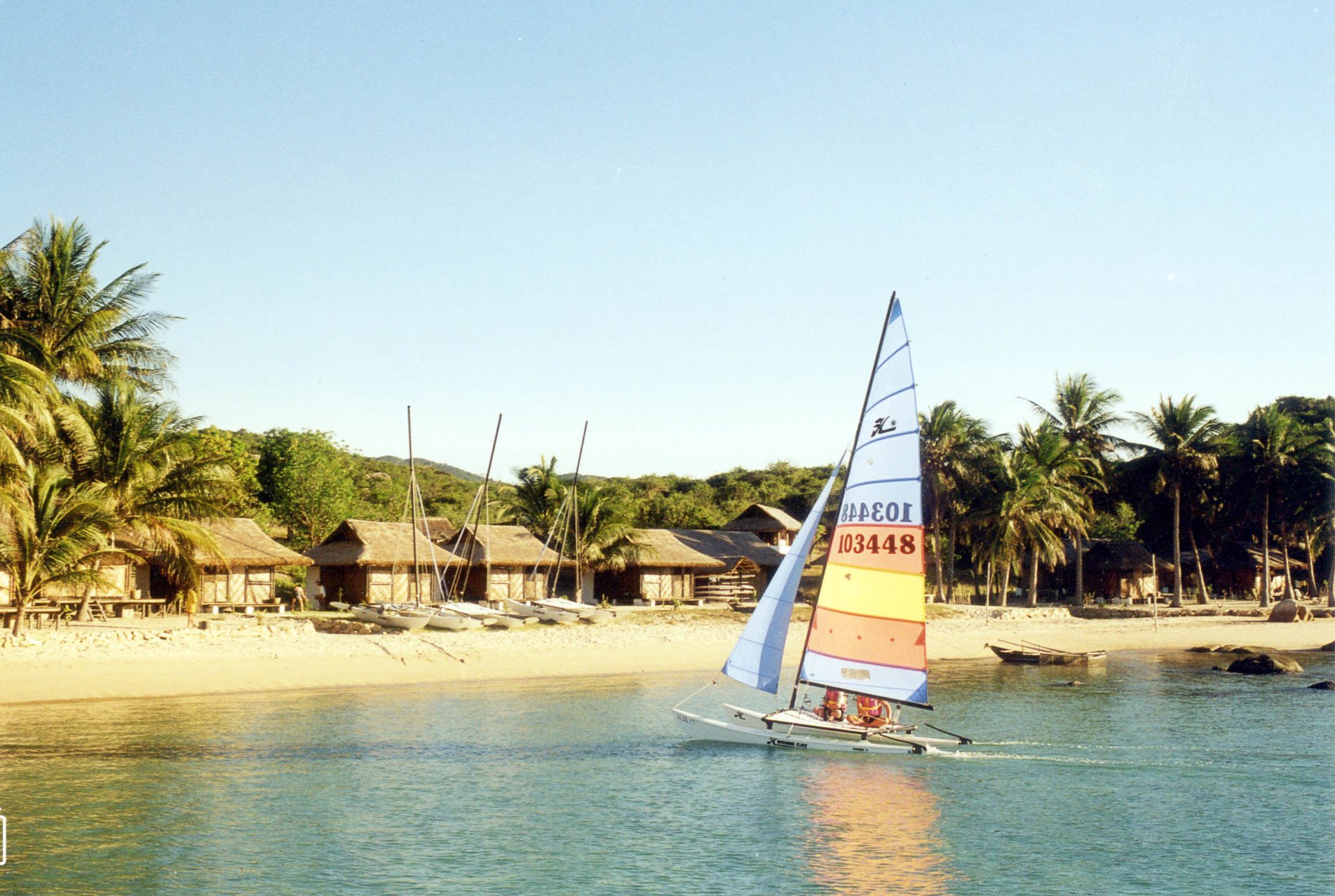
A corner of Ong island in Van Phong bay
Coastal villages in the region often do not have fresh water. To have water for daily use, people are forced to buy water from boats transported from the mainland. In Son Dung, it is different. Those who cannot dig a well can go to the edge of the sea, dig a hole in the sand with their hands and feel the sweet water flowing out. They then scoop it into plastic cans and bring it home to use.
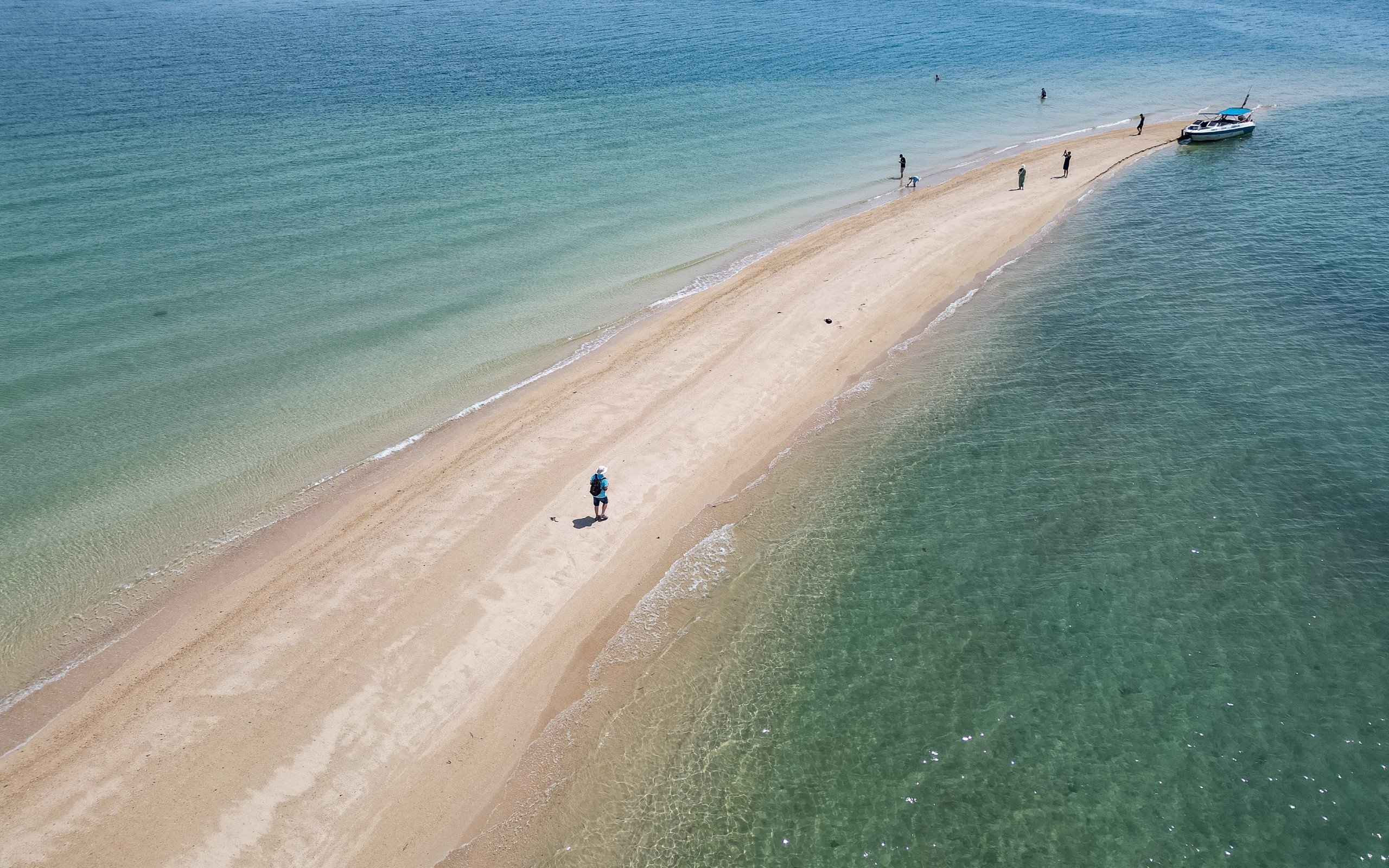
The sand strip from Tu Hai beach runs for kilometers, dividing the ocean in two, always rippling with waves from both sides due to the impact of two hot and cold ocean currents.
Source: https://nld.com.vn/kham-pha-con-duong-cat-trang-doc-dao-giua-bien-troi-diep-son-196240702073548304.htm





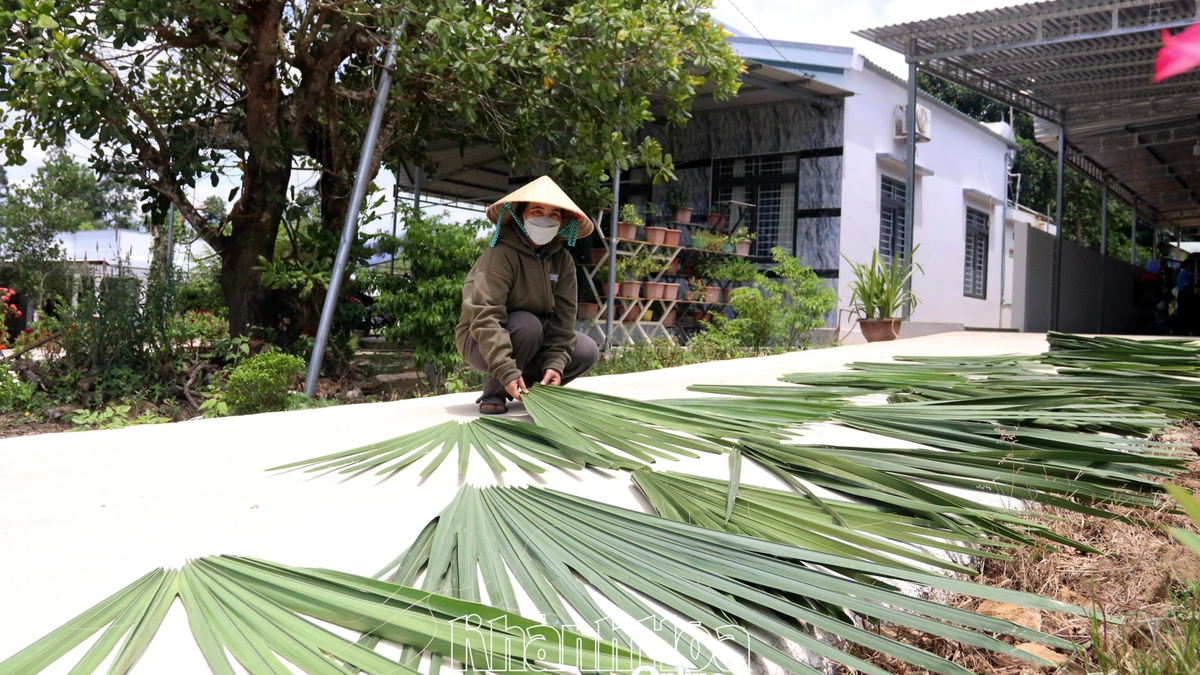



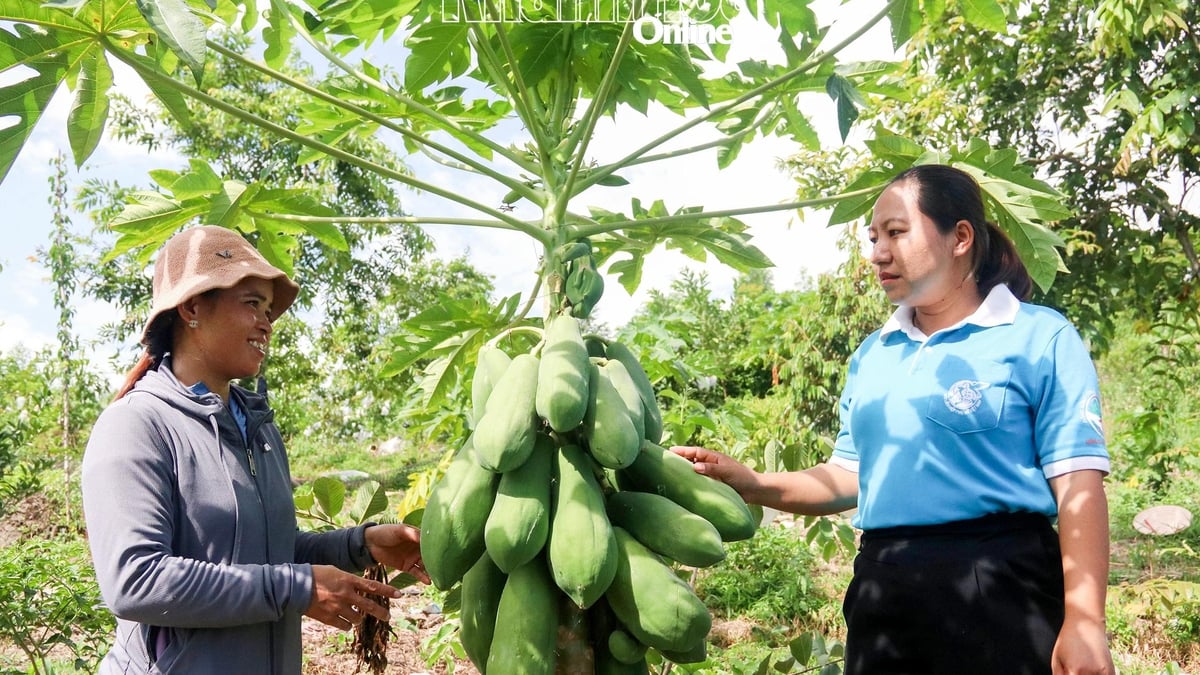
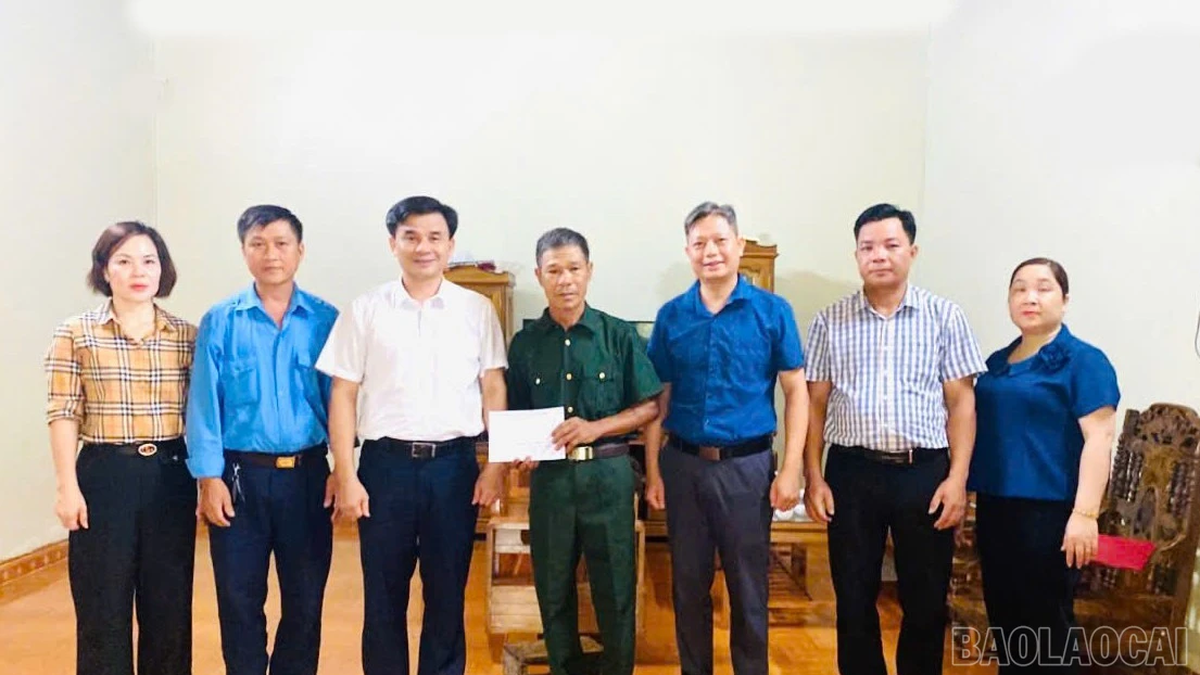
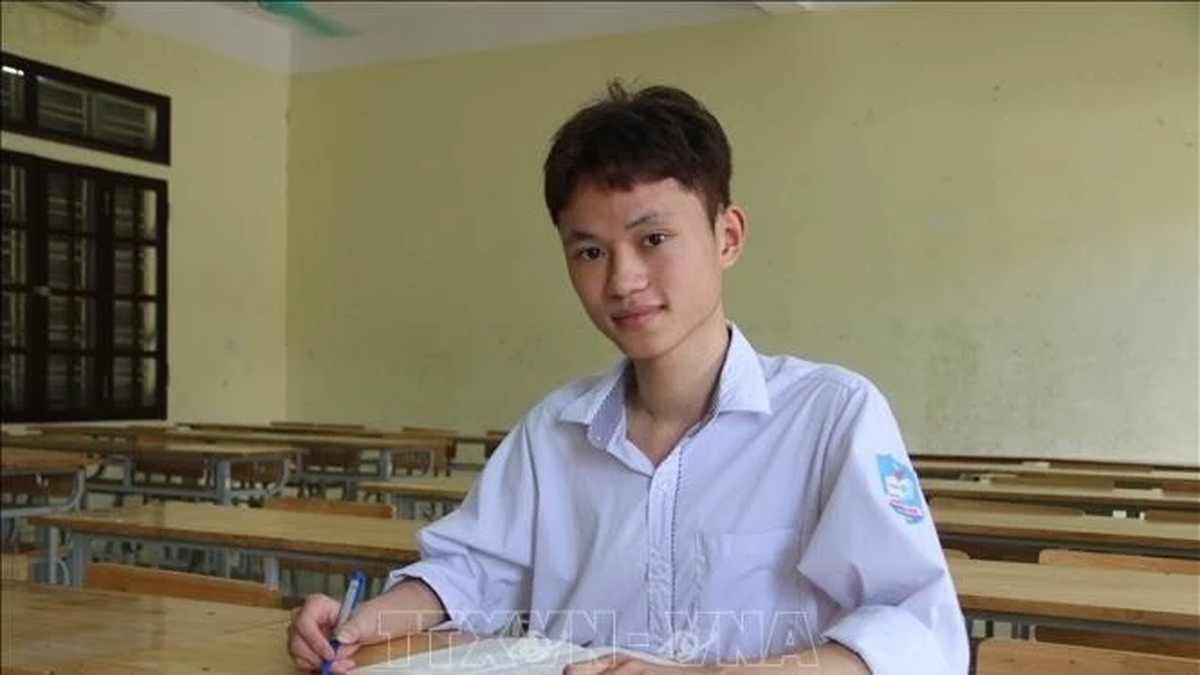








































![[Maritime News] More than 80% of global container shipping capacity is in the hands of MSC and major shipping alliances](https://vphoto.vietnam.vn/thumb/402x226/vietnam/resource/IMAGE/2025/7/16/6b4d586c984b4cbf8c5680352b9eaeb0)












































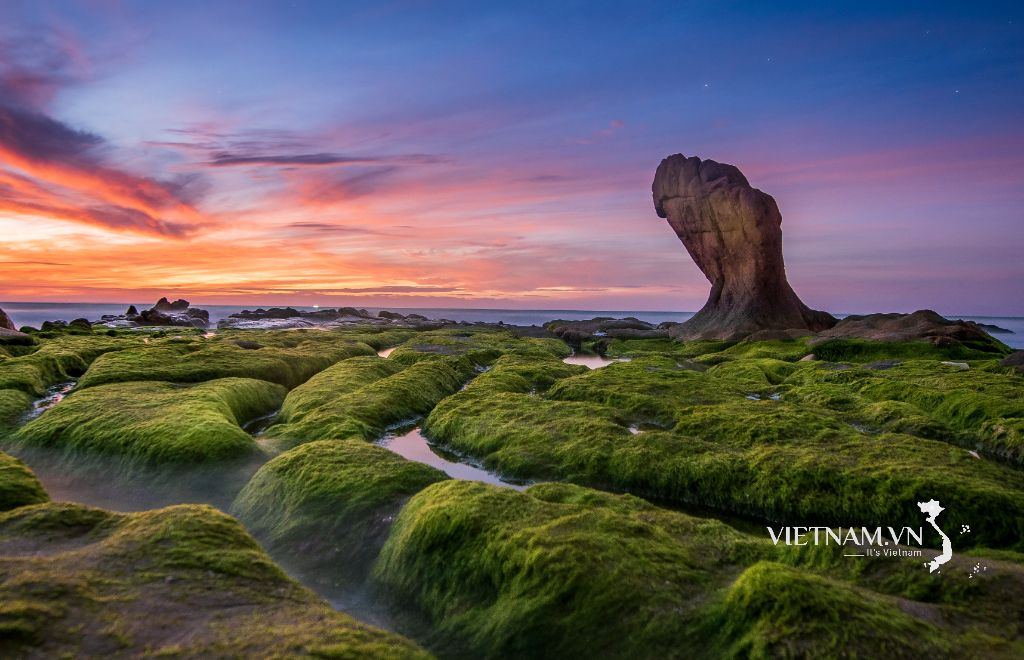
Comment (0)